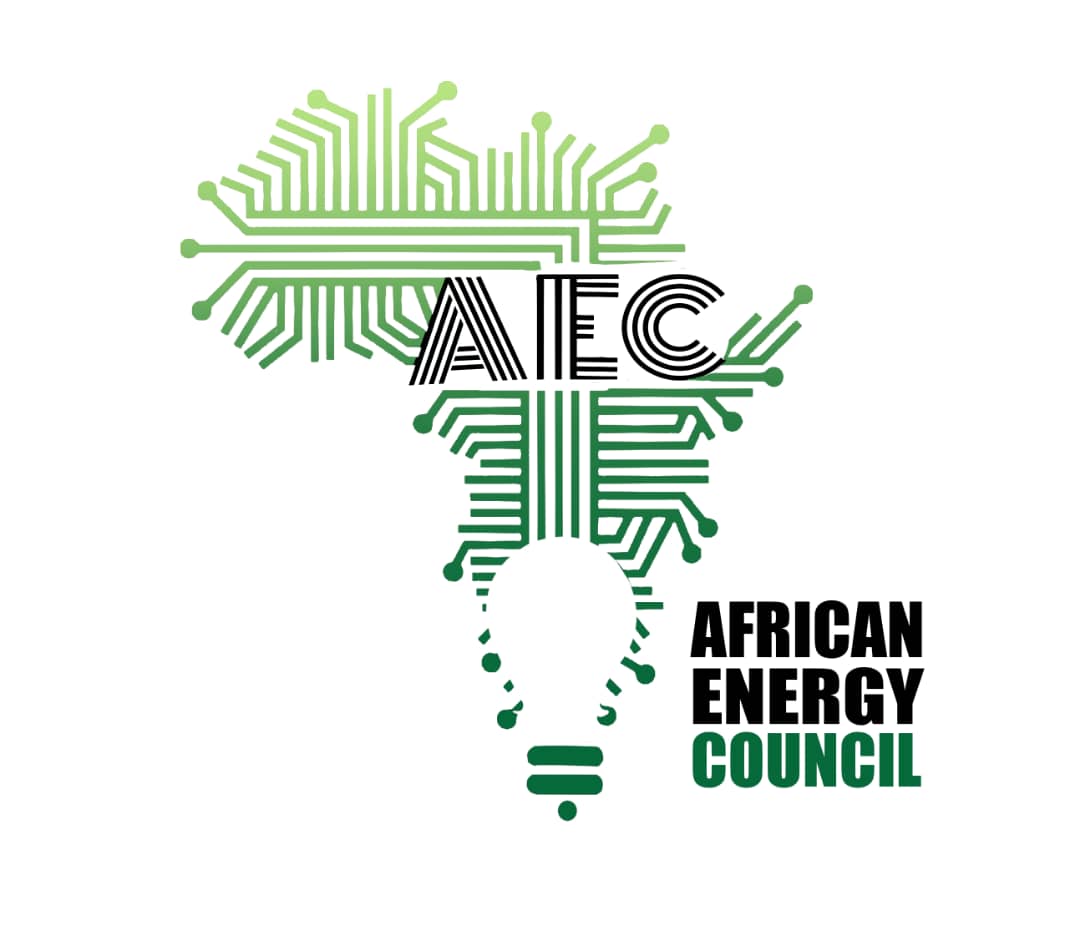Namibia advanced its goal of leading renewable energy in the region by signing a Memorandum of Understanding (MoU) with the United States.
The agreement, designed to last five years, seeks to enhance collaboration between the two nations in the renewable energy sector, aligning with Namibia’s vision of establishing itself as a net exporter of clean energy.
The MoU was signed by U.S. Ambassador to Namibia Randy Berry and Namibia’s Minister of Mines and Energy, Tom Alweendo.
Berry emphasised the significance of the partnership in reinforcing Namibia’s energy security while diversifying its energy sources.
“This agreement supports Namibia’s vision of becoming a net exporter of renewable energy and a regional leader in clean energy solutions,” Berry stated. He added that the collaboration reflects a shared commitment between the U.S. and Namibia to foster sustainable economic growth and industrialisation.
Namibia’s renewable energy ambitions, which include increasing the share of renewable sources in the national energy mix and expanding green hydrogen projects, align with this partnership. With its vast solar and wind resources, Namibia is well-positioned to become a global hub for green hydrogen production—an essential component in its long-term clean energy strategy.
The U.S. is expected to play a crucial role in this transition through investments from private companies and the deployment of advanced technologies.
Kimberly Harrington, U.S. Deputy Assistant Secretary for Energy, highlighted the U.S. private sector’s growing interest in Namibia’s renewable energy market.
“From U.S. firm Plug Power’s electrolyser for a clean hydrogen pilot plant to traditional energy companies like Chevron and ExxonMobil, American businesses are eager to expand their footprint in Namibia’s energy sector,” Harrington said.
She also reiterated the U.S.’s commitment to assisting Namibia in achieving its energy security, decarbonisation, and economic development goals.
The MoU lays out a comprehensive framework for cooperation, focusing on key areas such as solar and wind energy, and facilitating the exchange of technology, expertise, and resources between the two nations.
This agreement will be overseen by Namibia’s Ministry of Mines and Energy and the United States Agency for International Development’s (USAID) Power Africa initiative. Power Africa, which has been instrumental in expanding access to sustainable energy across Africa, will play a strategic role in advancing Namibia’s renewable energy projects.
Minister Alweendo, in his keynote address, underscored the importance of the partnership for achieving Namibia’s broader national goals under its Vision 2030 strategy.
“Through this partnership, we will explore innovative technologies and enhance our capacity in renewable energy generation, positioning Namibia as a leader in the clean energy transition,” Alweendo said.
He also emphasized regional cooperation, stating that collaborations with neighbouring countries would bolster energy stability and promote economic growth throughout the Southern African region.
The Namibian government has been actively pursuing regulatory reforms to create a transparent and investment- friendly environment for renewable energy. These efforts are designed to reduce barriers and accelerate the development of green energy projects, which will help the country decrease its reliance on imported electricity.
Although Namibia currently imports a substantial portion of its electricity, growing investments in renewables position the country to reverse this trend and become a key exporter of clean energy to the region.
This MoU marks a significant step in Namibia’s journey to becoming a renewable energy powerhouse. Leveraging its abundant natural resources and international partnerships, Namibia is on track to achieve its clean energy ambitions and secure a prosperous future as a leader in the global energy transition.
With immense solar and wind potential, Namibia is ideally placed to capitalise on the growing global demand for green hydrogen. Projects such as the U.S.-supported clean hydrogen pilot plant underscore Namibia’s capacity to produce and export hydrogen, positioning it as a key player in the decarbonised energy market.
The MoU not only provides the framework for technology transfer but also opens doors to increased foreign direct investment, which will be crucial in the expansion of Namibia’s renewable energy projects.
With the global shift to clean energy gaining momentum, Namibia’s leadership in renewable energy will significantly impact both the region and the world.

